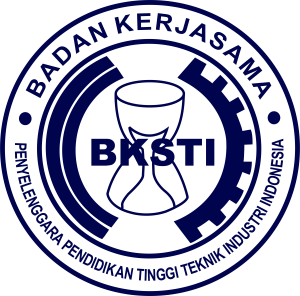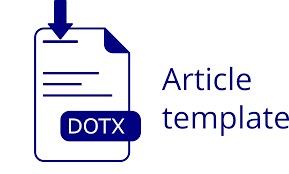DEMAND CATEGORIZATION DAN INVENTORY MANAGEMENT PRODUK OBAT: STUDI KASUS PADA SUATU TOKO OBAT DI KOTA SOLOK, SUMATERA BARAT
DOI:
https://doi.org/10.37090/indstrk.v4i2.227Keywords:
Inventory control; Economic Order Quantity; Demand CategorizationAbstract
This research raises the problem of controlling the inventory of medicinal products. The case study was conducted at a drug store in the city of Solok, West Sumatra, where the drug store still has stock out and over stock of various types of drugs it manages. The purpose of this study was to control drug supplies that have a high demand value. Demand data for the period February-April 2020 are grouped with demand value criteria using the Pareto Classification ABC Method. From the demand categorization process, 45 types of drugs were included in A group, which means that this drug group provides a large revenue contribution for the drugstore. Thus, the type A drug group needs more attention from drug store manager in terms of controlling drug supplies. Furthermore, forecasting is carried out for drugs belonging to A drugs group using the Moving Average Method, the Single Exponential Smoothing Method and the Linear Regression Method. The inventory control method adopted is the Economic Order Quantity (EOQ) method. The results showed that the lot size of each type of drug per order ranged from 10-122 units with a safety stock ranging from 5-50 units of product. Then the reorder points obtained ranged from 8-81 units. With the control of drug supplies in place, it is hoped that the stock out and over stock that occurs in drug stores can be minimized.Downloads
References
Mustamu, R., H. (2000). Mempersiapkan Ritel Farmasi untuk Menghadapi Persaingan Masa Depan. Jurnal manajeen dan Kewirausahaan, 2(1), 19-32
Heizer, J. dan Render, B. 2010. Operations Management-Manajemen Operasi. Edisi 10 Buku 2. Jakarta, Salemba Empat.
Kholidasari, I., Setiawati, L., Tartila, T. (2019). The implementation of forecasting method by incorporating human judgment. International Journal on advanced Science Engineering Information Technology, 9 (6), 1982-1988.
Mustamu, R. H. (2000). Mempersiapkan Ritel Farmasi untuk Menghadapi Persaingan Masa Depan. Jurnal manajeen dan Kewirausahaan, 2(1), 19-32
Redelmeier, D. A., Ferris, L. E., Tu, J. V., Hux, J. E., dan Schull, M. J. (2001). Problems for clinicaljudgment: introducing cognitive psychology as one more basic science. CMAJ, 164(3), 358-360.
Resmana, D. Dan Rukmayadi, D. (2019). Analisis pengendalian persediaan obat generik dengan metode ABC dan Metode Economic Order Quantity (EOQ) di Apotik Anugerah Farma Bintaro. Prosiding Semnastek 2019, p-ISSN: 2407-1846, e-ISSN: 2460-8416
Schouten, J. N. L., Garcia-Pagan, J. C., Valla, D., C., dan Janssen, H. L. A. (2011).Idiophatic noncirrhotic portal hypertenssion. Hepatology, 54(3),1071-1081
Syntetos A. A., Kholidasari, I., dan Naim, N. M. (2016). The effects of integrating management judgment into OUT levels: in or out context? European Journal of Operational Research, 249(3), 853-863.
Wagenaar, B. H., Gimbel, S., Hoex, R., Pfeiffer, J., Michel, C., Manuel, J. L., Cuembelo, F., Quembo, T., Afonso, P.,Gloyd, S., dan Sherr, K. (2014). Stock-outs od essential health products in Mozambique-Longitudinal analyses from 2011 to 2013. Tropical Medicine and Internasional Health, 19(7), 791-801.









